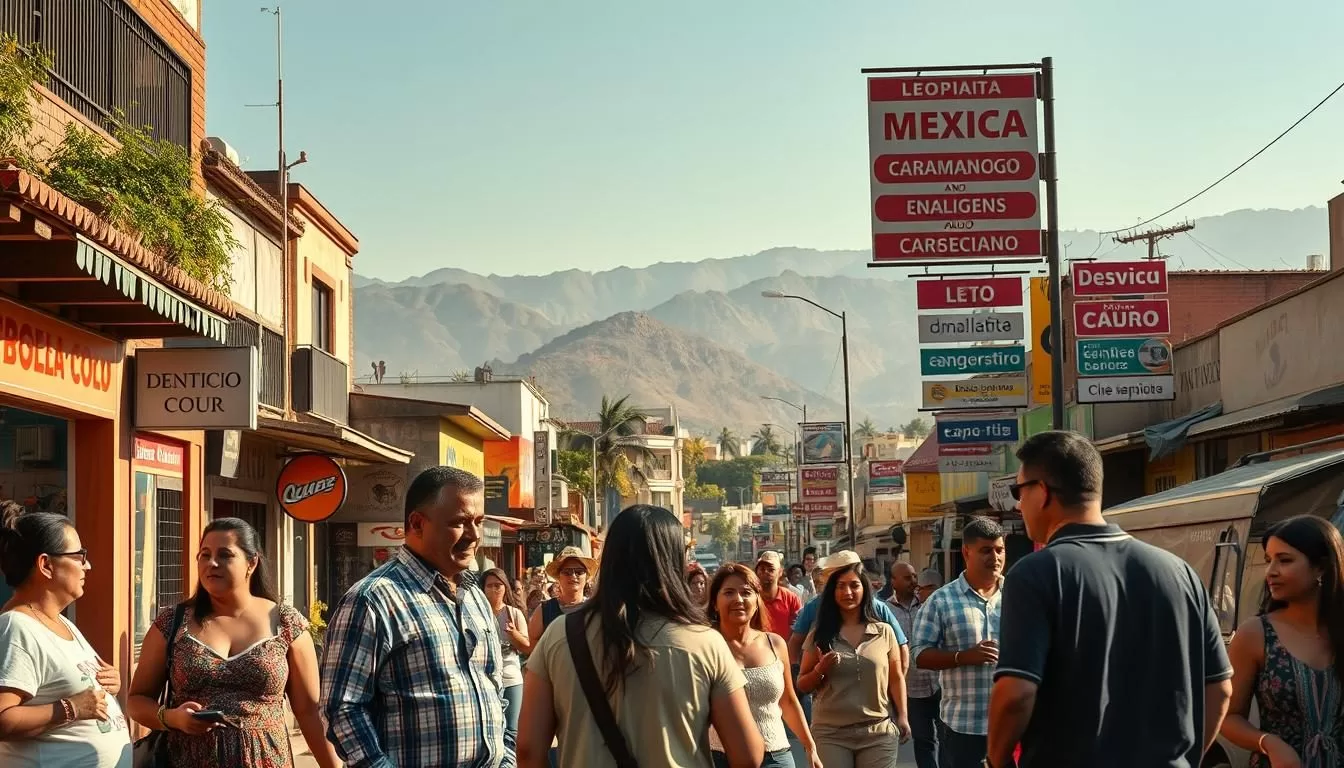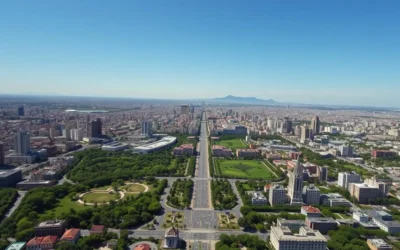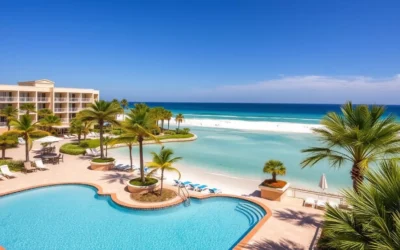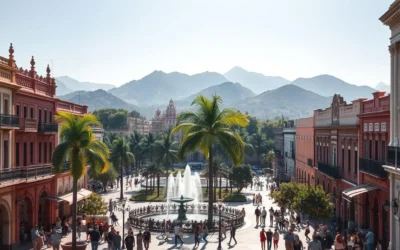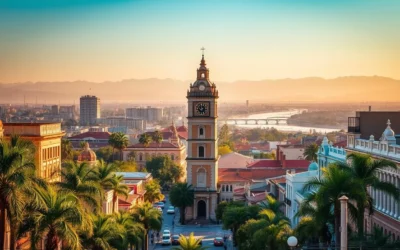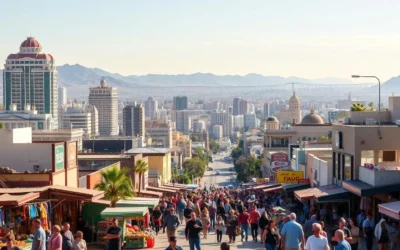✓ Accommodations✓ Flights✓ Rental Cars✓ Tours & Activities
Did you know that Mexico is home to one of the richest linguistic landscapes in the world? While Spanish is the de facto national language, spoken by over 99% of the population, the country also recognizes 68 indigenous languages. This makes it a unique blend of tradition and modernity.
From Nahuatl to Yucatec Maya, these indigenous tongues are a vital part of the nation’s identity. They reflect centuries of history and culture, offering a glimpse into the lives of diverse communities. Spanish, however, remains the primary language used in government, education, and daily life.
Join us as we explore this fascinating world of words. Discover how historical events shaped the linguistic landscape and why preserving these languages is crucial for cultural heritage. Let’s dive into the story of Mexico’s languages together!
Introduction to Mexico’s Linguistic Heritage
Exploring the languages of this nation reveals a story of resilience and diversity. Spanish, the primary language, is spoken by over 99% of the population, while 68 indigenous languages add depth to the cultural tapestry. This unique blend reflects centuries of history and tradition.
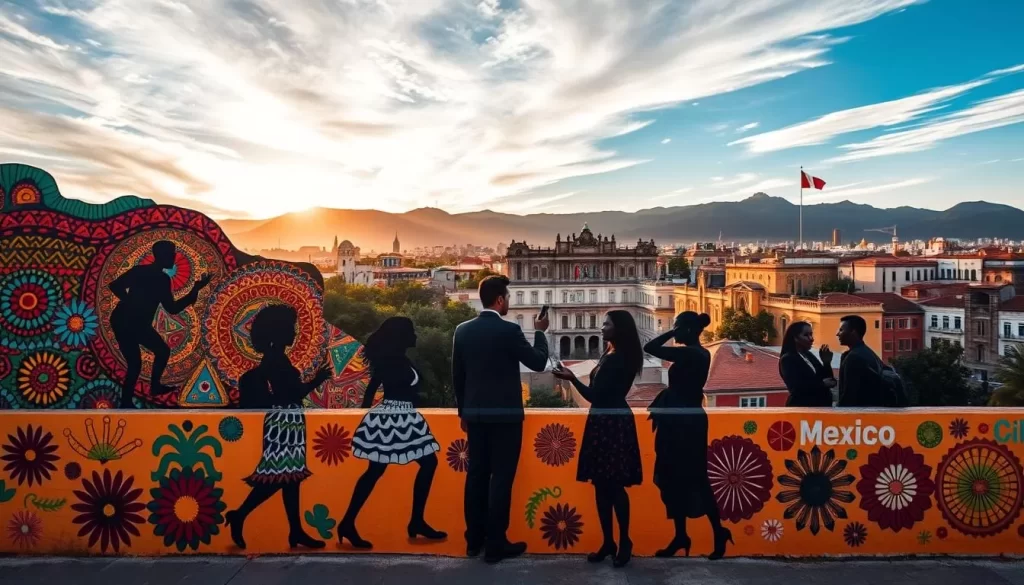
An Overview of Mexican Spanish and Indigenous Tongues
Mexican Spanish has evolved into a distinct dialect, influenced by indigenous languages like Nahuatl and Yucatec Maya. Words like “guajalote” (turkey) and “papalote” (kite) are examples of this linguistic fusion. This evolution highlights the dynamic relationship between cultures.
Indigenous languages, such as Nahuatl and Yucatec Maya, are spoken by millions, preserving ancient traditions. For instance, Nahuatl has approximately 1.7 million native speakers, primarily in Central Mexico. These languages are more than communication tools—they are symbols of identity and heritage.
Your Journey into Cultural Diversity
Understanding these languages offers a deeper appreciation of the country’s cultural richness. From the Yucatán Peninsula to the highlands of Chiapas, each region has its linguistic treasures. Bilingual education policies aim to preserve this diversity, ensuring future generations can connect with their roots.
Language is a bridge to the past and a key to the future. By exploring these linguistic traditions, you embark on a journey that celebrates the resilience and creativity of communities across the nation.
| Language | Speakers | Region |
|---|---|---|
| Nahuatl | 1.7 million | Central Mexico |
| Yucatec Maya | 850,000 | Yucatán Peninsula |
| Mixtec | 500,000 | Oaxaca, Guerrero, Puebla |
| Zapotec | 450,000 | Oaxaca |
Historical Development of Mexico’s Languages
The history of languages in this region is a tale of conquest, resilience, and transformation. From the arrival of Spanish colonizers to modern legislative efforts, the linguistic landscape has undergone significant changes. Understanding this journey helps us appreciate the diversity we see today.
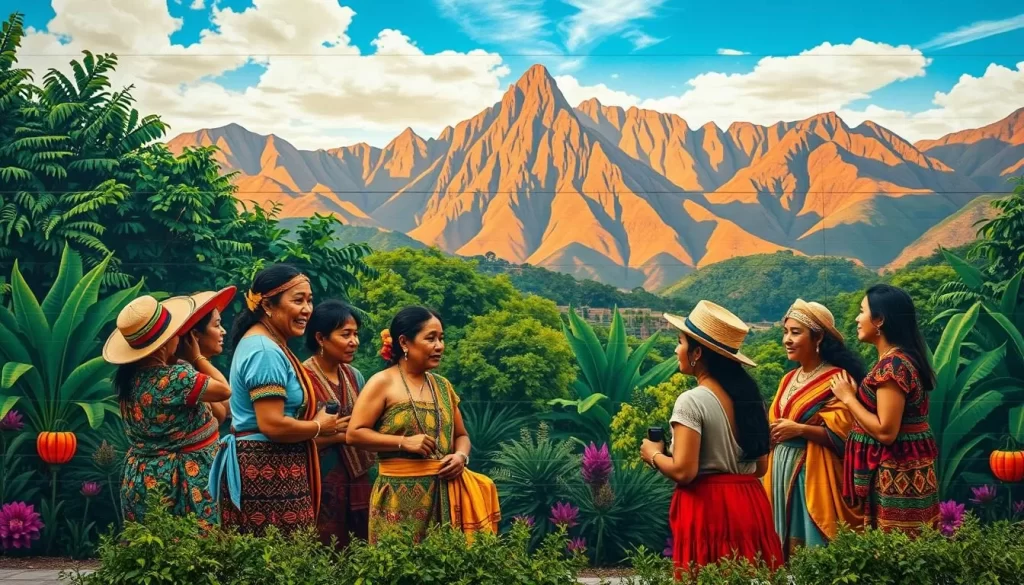
Colonial Influences and the Legacy of Conquest
When Spanish colonizers arrived in the 16th century, they brought their language, which quickly became dominant. Indigenous tongues, once thriving, faced suppression as Spanish was enforced in government, education, and religion. This marked the beginning of a linguistic shift that would last for centuries.
During early colonial times, there was a brief coexistence of Spanish and native languages. Missionaries used indigenous tongues for evangelization, but this practice faded as Spanish became the primary language of power.
The Rise and Decline of Indigenous Languages
By the 17th century, policies favoring Hispanization led to the decline of native languages. Formal bans and assimilation efforts reduced their use in public spaces. For example, the 1895 census recorded that only 16% of the population spoke indigenous languages “habitually”.
Despite this decline, many indigenous communities preserved their languages in private settings. Nahuatl, for instance, remained widely spoken, with over 1.7 million speakers today.
Evolution of Legislation and Language Policies
In the 20th century, attitudes began to shift. The government recognized the importance of preserving linguistic diversity. In 2003, 62 indigenous languages were officially recognized as co-official national languages.
Modern policies aim to support bilingual education and cultural integration. These efforts ensure that both Spanish and indigenous languages thrive in the 21st century.
| Language | Speakers | Region |
|---|---|---|
| Nahuatl | 1.7 million | Central Mexico |
| Yucatec Maya | 850,000 | Yucatán Peninsula |
| Mixtec | 500,000 | Oaxaca, Guerrero, Puebla |
| Zapotec | 450,000 | Oaxaca |
“Language is not just a means of communication; it is a repository of culture and identity.”
Mexico: Official and Widely Spoken Languages
Despite no formal declaration, Spanish is the backbone of communication across the nation. While the constitution doesn’t name it as the official language, it’s used in every governmental process, making it the de facto national language. Over 99% of the population communicates in Spanish, solidifying its role in daily life.
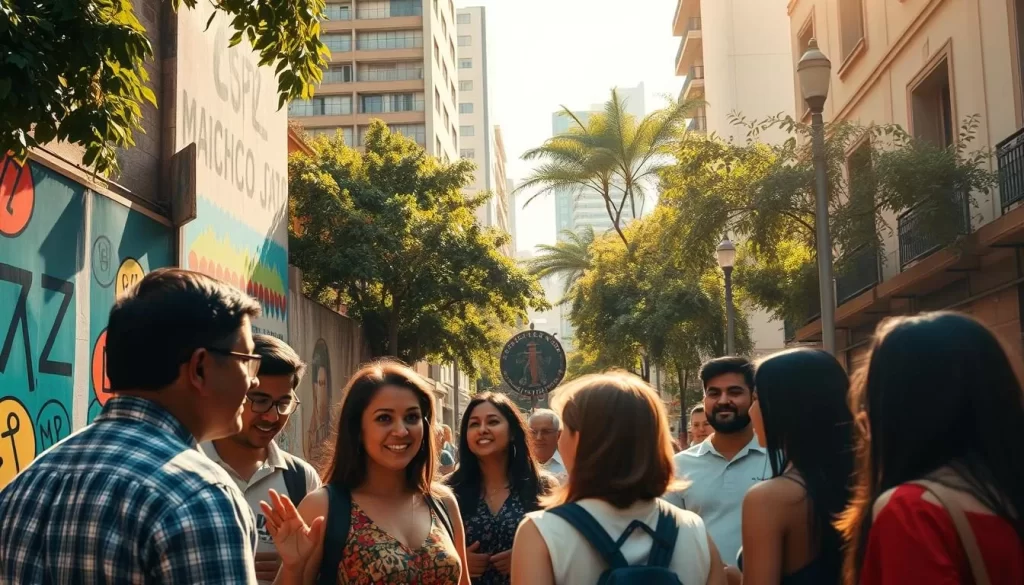
The Role of Spanish as the De Facto National Language
Spanish is the primary language in government, education, and commerce. From official documents to classroom instruction, it’s the medium of choice. This dominance stems from colonial times when Hernán Cortés and other colonizers enforced its use.
Mexican Spanish has unique features that set it apart from other variants. Polite expressions and local slang reflect the country’s rich culture. For example, the use of “usted” to show respect is more common here than in other Spanish-speaking regions.
Indigenous languages coexist alongside Spanish, adding depth to the linguistic landscape. Over 6 million people speak these languages daily, preserving ancient traditions. This blend of modern and traditional communication showcases the nation’s cultural diversity.
- Spanish is the language of government, education, and commerce.
- Colonial influence solidified its dominance.
- Mexican Spanish has unique features and polite expressions.
- Indigenous languages thrive in local communities.
Understanding Spanish’s role helps you appreciate the country’s linguistic heritage. It’s more than a language—it’s a bridge connecting history, culture, and daily life.
Preservation and Revitalization of Indigenous Languages
The preservation of indigenous languages is a crucial step in safeguarding cultural heritage. Over 7 million people in the country speak these languages, representing 6.1% of the population. However, many of these languages face the risk of disappearing, with 179 out of 364 linguistic variants considered at some degree of endangerment.
Understanding Language Endangerment
Language endangerment is a pressing issue. In this country, 64 linguistic variants are classified as very high risk, with fewer than 1,000 speakers. This decline is often due to urbanization, migration, and the dominance of Spanish in daily life. For example, the percentage of the population living in rural areas has decreased from 54.6% in 1950 to 22.2% in 2010.
Losing these languages means losing unique cultural identities and traditional knowledge. Indigenous languages are not just communication tools; they are repositories of history, values, and worldviews.
Government Initiatives and Community Efforts
The government has taken steps to address this issue. The General Law of Linguistic Rights of the Indigenous Peoples, enacted in 2003, recognizes 68 indigenous languages as co-official national languages. This law aims to promote bilingual education and protect linguistic diversity.
Community-led efforts are also making a difference. The Nahua community, for instance, has launched revitalization projects to teach younger generations their native tongue. These initiatives often include immersion programs, digital resources, and cultural events.
Here’s a breakdown of key efforts:
| Initiative | Focus | Impact |
|---|---|---|
| Bilingual Education | Integrating indigenous languages into schools | Supports language retention among youth |
| Digital Media | Creating online resources for language learning | Reaches wider audiences, including migrants |
| Community Workshops | Teaching traditional practices and language | Strengthens cultural identity |
Preservation programs benefit not only indigenous populations but also enrich the country’s cultural landscape. By supporting these efforts, you contribute to a more inclusive and diverse society. Learn more about community-driven preservation efforts and how they are making a difference.
“Language is not just a means of communication; it is a repository of culture and identity.”
Bilingual and intercultural education programs are essential for integrating indigenous languages with Spanish. These programs ensure that future generations can connect with their roots while thriving in a modern world. Discover how educational initiatives are bridging the gap between tradition and progress.
Modern Linguistic Diversity in Mexican Society
The linguistic diversity of this country is a living testament to its rich cultural heritage. Over 7.5 million people speak one of the 68 surviving indigenous languages, showcasing a vibrant blend of tradition and modernity. This diversity is not just a relic of the past but a dynamic part of daily life.

Influence of Indigenous Languages on Daily Life
Indigenous languages continue to shape daily communication, culinary terms, idioms, and local art. For example, words like “chocolate” and “tomato” have roots in Nahuatl, a language spoken by over 1.7 million people. These languages are more than words—they are a reflection of identity and culture.
In regions like Oaxaca and Chiapas, three out of every ten inhabitants speak an indigenous language. This strong presence highlights the resilience of these communities in preserving their heritage.
Impact on Border Regions and U.S. Cultural Exchange
Border regions offer a unique linguistic scenario where Mexican Spanish blends with English, creating a Spanglish phenomenon. This fusion is particularly evident in cities like Tijuana and Ciudad Juárez, where cultural exchange thrives.
Tourism and commerce also play a role in this exchange. English is increasingly used in these sectors, especially in areas frequented by visitors from the United States. This bilingualism enriches both cultures, fostering mutual understanding.
The Dynamic Role of Minority Languages Today
Minority languages are finding new life in digital communication, social media, and grassroots movements. For instance, the Nahua community has launched online platforms to teach their native tongue to younger generations.
Bilingual education programs in cities and border areas are also promoting language diversity. These initiatives ensure that future generations can connect with their roots while thriving in a modern world.
- Indigenous languages influence daily communication and cultural expressions.
- Border regions showcase a unique blend of Spanish and English.
- Digital platforms and education programs are revitalizing minority languages.
Modern linguistic diversity is a living, evolving part of this country’s culture. It bridges history with contemporary innovation, ensuring that every voice is heard. Learn more about linguistic diversity and its impact on society.
Conclusion
The blend of Spanish and indigenous languages in this country reflects a unique cultural journey. Spanish, as the de facto national language, plays a central role in daily life, while indigenous tongues like Nahuatl and Yucatec Maya enrich the cultural tapestry.
From colonial times to modern revitalization efforts, these languages have faced challenges but continue to thrive. Government initiatives and community projects are ensuring their preservation. This linguistic diversity fosters cultural understanding and strengthens international ties, especially with the United States.
Exploring this rich heritage offers a deeper appreciation of the country’s identity. By nurturing these languages, we ensure future generations can connect with their roots. Discover more about the enduring significance of the Náhuatl language and its cultural impact.
Efforts to preserve indigenous tongues are vital for maintaining cultural diversity. Learn how local initiatives are making a difference. Together, we can celebrate and protect this linguistic heritage for years to come.
The above is subject to change.
Check back often to TRAVEL.COM for the latest travel tips and deals.
